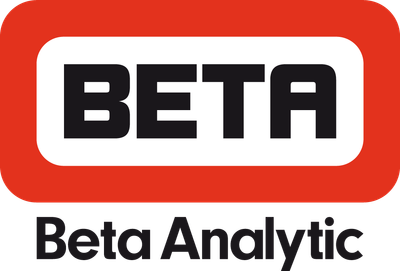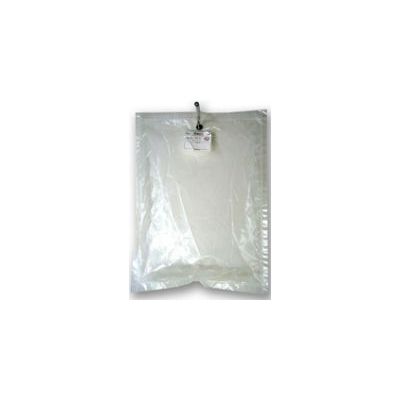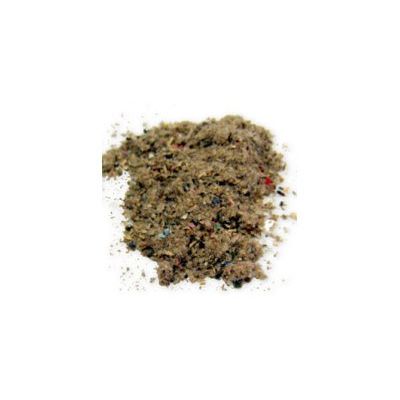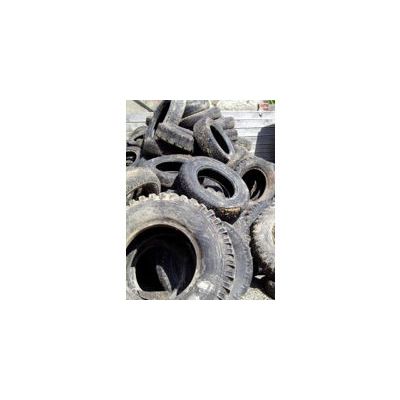

- Home
- Companies
- Beta Analytic Inc.
- Services
Beta Analytic Inc. services
EN 15440 Testing for Solid Recovered Fuels
EN 15440 was developed for biomass content determination of solid recovered fuels. This European standard is only applicable to solid fuels, not their combustion emissions. Beta Analytic provides EN 15440 testing throughout Europe. EN 15440:2011 is a published standard that outlines three methods for the determination of the biomass content of solid recovered fuels.
Fuel Tested
Stack Gas Carbon Dioxide and its Biogenic Fraction
ASTM D6866 is a standard method employing radiocarbon dating techniques to determine the percentage of “recently fixed carbon” (biogenic fraction) versus “old carbon” (non-biogenic fraction from fossil sources) present in a solid fuel or its stack gas emission. Materials in fuels (municipal solid waste, used tires, sewage sludge, refuse-derived fuels, etc.) with recently fixed carbon include those that are biomass like wood, paper, and others of animal or plant origin. Materials with old carbon include coal and other petroleum-derivatives like plastics. Through ASTM D6866, the amount of recently fixed carbon is known and correlated to a material’s biogenic content. ASTM D6866 measures carbon 14, which is a carbon isotope present in biomass but absent in fossil inputs.
Refuse-derived Fuels: From Waste to Energy
Many industries burn refuse-derived fuels and solid recovered fuels as energy source. Biomass fraction of RDF or SRF is determined using CEN 15747 or prCEN/TS 15440 for companies in Europe. Beta Analytic is committed to provide CEN 15747 and prCEN/TS 15440 testing.
Biomass Carbon Content of Scrap Tires and Tire-Derived Fuel
Their high heating value makes scrap tires a good alternative fuel for industries with energy-intensive processes, e.g. cement plants, electricity-generating facilities, and pulp and paper mills. Tires, when burned, produce the same amount of energy as oil, 25-50% more energy than coal, and 100-200% more energy than wood, according to the U.S. Environmental Protection Agency. Scrap tires had been used as supplement fuel to coal and wood. Over the years, more and more combustion facilities use scrap tires not only because of their high energy content but also because they are cheaper than coal, produce cleaner emissions, and have low moisture content. The U.S. EPA testing has shown that (a) tire ash residues contain lesser heavy metals than some coals, and (b) tire combustion results in less NOx emissions compared to burning high-sulfur coal.
Test Standards
Biomass Content Determination for SRF
CEN 15747 was developed specifically for solid recovered fuels. This European standard is only applicable to solid fuels, not their combustion emissions. Beta Analytic provides CEN 15747 testing throughout Europe.



